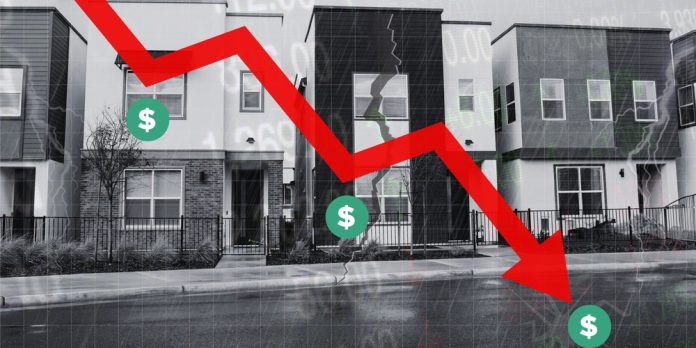Mortgage rates have taken another small step down for the second week in a row, with the average 30-year fixed rate now at 6.84%, according to Freddie Mac. While the drop isn’t dramatic, it signals a positive shift for homebuyers who’ve been waiting for the right opportunity. Even slight rate changes can have a meaningful impact on monthly payments—especially at today’s home prices—making this a potentially key moment for those financially ready to buy.
What’s behind the decline? A cooler-than-expected inflation report played a major role. May’s Consumer Price Index showed only a 2.4% year-over-year increase, with monthly gains at just 0.1%. This surprise helped lower bond yields, including the 10-year Treasury yield, which mortgage rates closely follow. Combined with steady employment numbers and a 4.2% unemployment rate, the economic data is giving the Federal Reserve more confidence to stay the course—and perhaps begin rate cuts later this year.
Optimism is rising among buyers and sellers, too. Consumer sentiment is improving, with more people believing it’s a good time to buy a home. This shift is being supported by growing inventory, which hit a post-pandemic high in May. More homes on the market means increased buyer choice, less seller leverage, and more price flexibility. Builders are also sweetening the deal with incentives like rate buydowns and closing cost credits, which can be a major help in this affordability-challenged market.
For buyers ready to act, now’s the time to be strategic. Monitor the 10-year Treasury yield, work on improving your credit score, and talk to lenders about locking in a mortgage rate early—especially with rate volatility still a risk. And don’t forget to shop aggressively. With inventory rising and sellers more flexible, buyers finally have some negotiating power back. Those who are prepared and patient stand the best chance of finding the right home within their budget.
Looking ahead, there’s cautious optimism. The Federal Reserve may begin cutting rates as soon as this fall if inflation continues to cool. While broader economic concerns—like the national deficit—could keep some upward pressure on yields, the overall picture is one of gradual improvement. If you’re financially stable and ready to buy, summer 2025 could be one of the most favorable windows we’ve seen in years!

